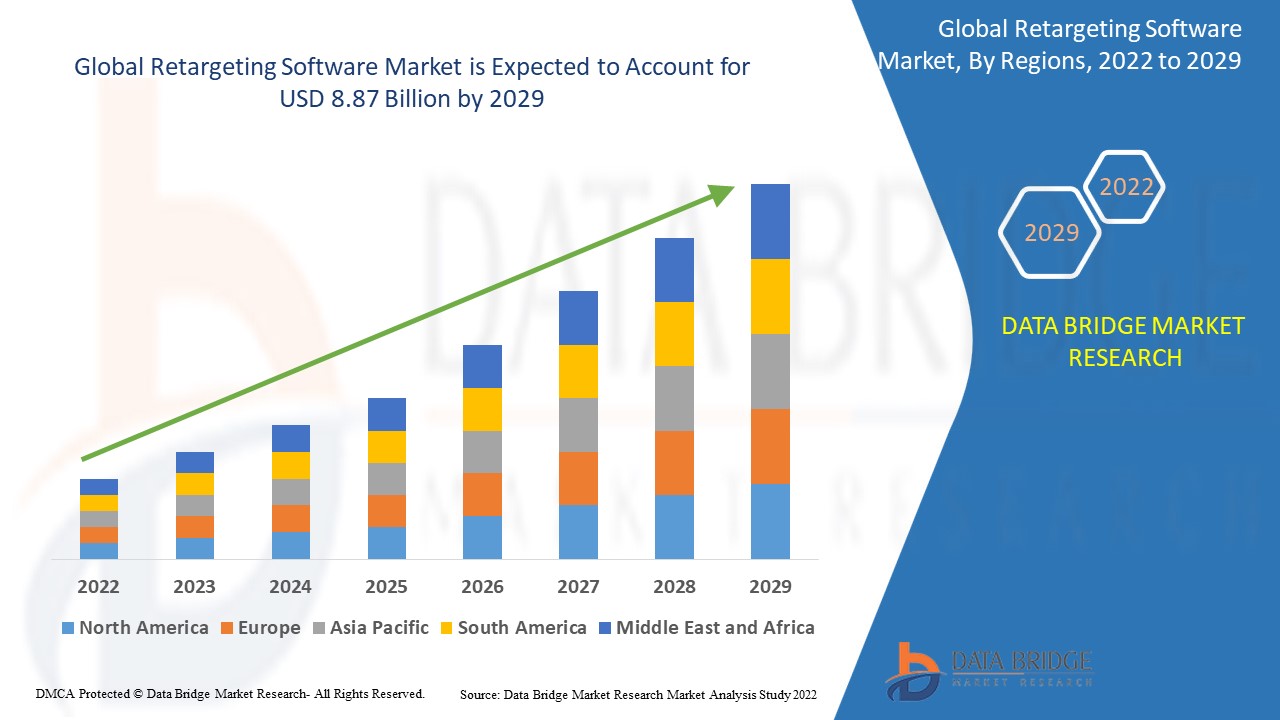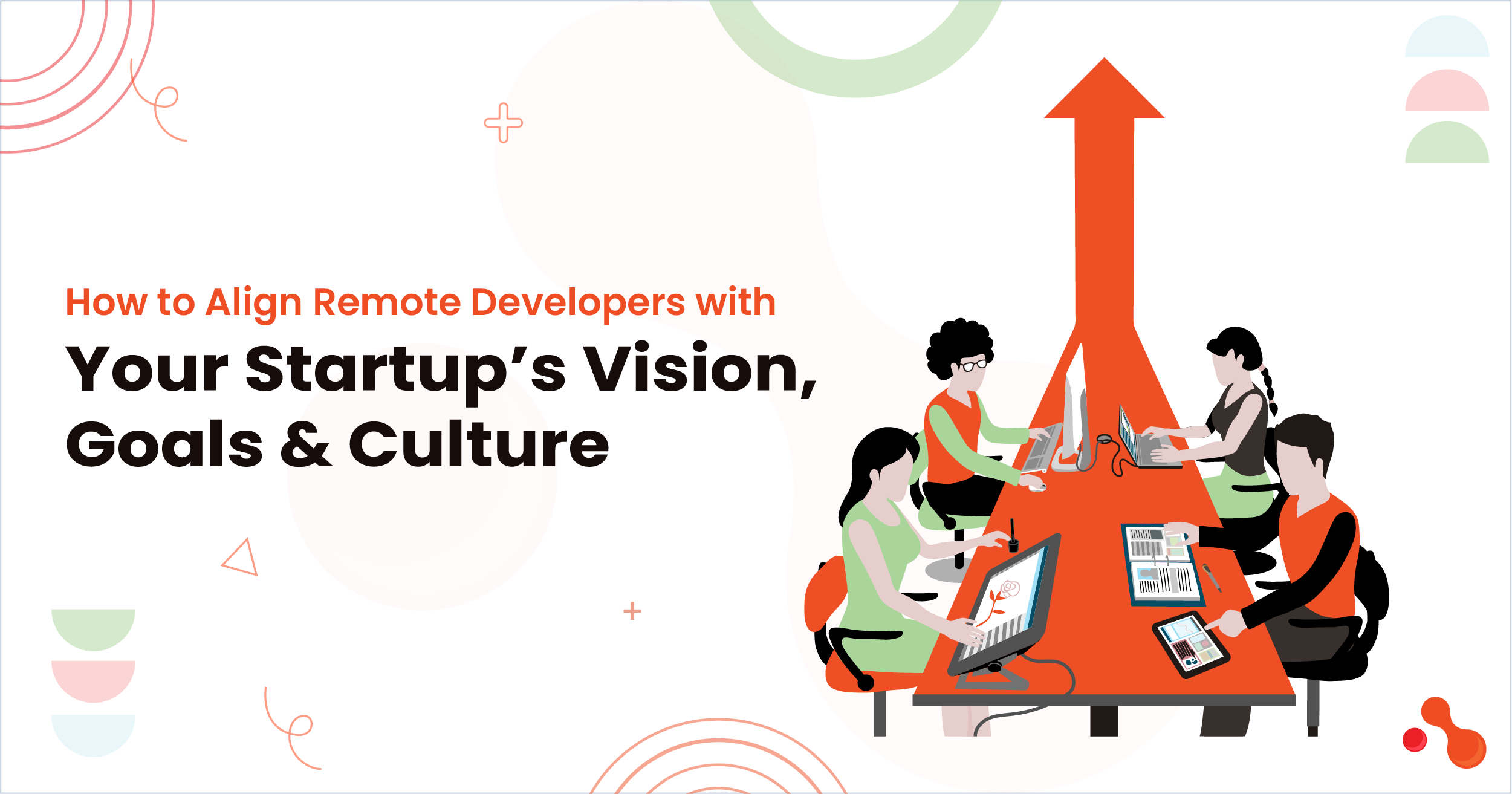Introduction
In the world of digital marketing, customer engagement and conversion rates are critical metrics for success. However, not all visitors who land on a website complete a purchase or sign up for a service on their first visit. Retargeting software is useful in this situation. Retargeting software helps businesses re-engage potential customers by displaying targeted ads across different platforms, encouraging them to return and complete their desired actions. This guide will explore what retargeting software is, how it works, its benefits, key features, and the best tools available in the market.
Definition
Retargeting software is a digital marketing tool that helps businesses re-engage visitors who have previously interacted with their website or app but did not complete a desired action, such as making a purchase. It uses cookies or tracking pixels to display targeted ads across various platforms, including social media, search engines, and third-party websites, encouraging users to return and convert.
What is Retargeting Software?
Retargeting software is a digital marketing tool designed to track users who visit a website but leave without converting. By leveraging browser cookies and tracking pixels, it helps businesses serve personalized ads to these visitors when they browse other websites or social media platforms. The goal is to remind potential customers of their initial interest and encourage them to complete a purchase or sign-up process.
How Does Retargeting Software Work?
Retargeting software operates in a structured manner:
- Tracking Visitors: When a user visits a website, the retargeting software places a cookie or pixel on their browser.
- Audience Segmentation: The software categorizes users based on their behavior, such as pages visited, items viewed, or time spent on the site.
- Ad Serving: When the user browses other sites or social media, the software triggers relevant ads based on their previous interactions.
- Conversion Tracking: The software monitors how many users return to the site and complete a conversion, refining future targeting strategies.
Types of Retargeting
There are different types of retargeting strategies businesses can use:
- Pixel-Based Retargeting: Uses tracking pixels to retarget users with ads based on their site activity.
- List-Based Retargeting: Uses email lists to target specific users with personalized ads.
- Search Retargeting: Targets users based on their search history and keywords.
- Social Media Retargeting: Displays ads on platforms like Facebook, Instagram, LinkedIn, and Twitter to users who have interacted with a business.
- Dynamic Retargeting: Shows ads featuring the exact products or services a user viewed on a website.
Benefits of Using Retargeting Software
- Increases Conversion Rates: By reminding potential customers about their interest, retargeting software boosts conversion rates.
- Enhances Brand Recall: Frequent ad exposure ensures that a brand stays top-of-mind for users.
- Improves ROI: Retargeting campaigns have higher engagement and conversion rates, making them cost-effective.
- Personalized Ad Experiences: Retargeting software enables businesses to serve customized ads based on user behavior.
- Re-engages Lost Visitors: Many users abandon shopping carts or browse without buying; retargeting helps bring them back.
- Optimized Ad Spend: Ensures that marketing budgets are allocated to audiences who have already shown interest.
Key Features of Retargeting Software
When selecting a retargeting software, businesses should look for the following features:
- Cross-Platform Retargeting: Ability to serve ads on different channels, including social media, Google Display Network, and mobile apps.
- Audience Segmentation: Advanced tools for categorizing users based on behavior and demographics.
- AI and Machine Learning Integration: Enhances targeting accuracy through predictive analytics and automated bid optimization.
- Customizable Ad Creatives: Support for dynamic ads that showcase products or services tailored to users’ interests.
- Conversion Tracking and Analytics: Provides insights into ad performance and helps refine future campaigns.
- CRM and Third-Party Integrations: Enables integration with existing marketing tools, email automation platforms, and eCommerce systems.
Best Retargeting Software in 2024
Several retargeting software tools stand out for their effectiveness and ease of use. Here are a few of the best choices:
- Google Ads Remarketing: A powerful tool integrated with Google Display Network and YouTube for retargeting users across various platforms.
- Facebook Retargeting (Meta Pixel): Enables businesses to retarget users on Facebook, Instagram, and Messenger.
- AdRoll: A comprehensive retargeting solution that offers cross-channel ad placement and AI-driven targeting.
- Criteo: Specializes in dynamic retargeting, displaying personalized product recommendations based on user behavior.
- Retargeter: Provides pixel-based and list-based retargeting solutions with customizable ad placements.
- LinkedIn Matched Audiences: Ideal for B2B businesses looking to retarget professionals on LinkedIn.
- Perfect Audience: A user-friendly platform offering programmatic retargeting across different networks.
How to Implement Retargeting Software
To make the most of retargeting software, businesses should follow these steps:
- Define Goals: Establish clear objectives, such as increasing sales, boosting engagement, or re-engaging abandoned cart users.
- Install Tracking Code: Implement retargeting pixels on the website to track visitor activity.
- Segment Audiences: Categorize users based on behavior, interests, and demographics.
- Create Engaging Ads: Design compelling visuals and messages that encourage users to return.
- Choose Retargeting Platforms: Select platforms where the target audience is most active.
- Monitor and Optimize: Analyze performance metrics and adjust campaigns for better results.
Common Challenges and Solutions in Retargeting
- Ad Fatigue: Users may become annoyed by repetitive ads. Solution: Set frequency caps and rotate ad creatives.
- Privacy Concerns: With data privacy regulations (e.g., GDPR, CCPA), businesses must be transparent about data usage. Solution: Ensure compliance and provide opt-out options.
- Budget Allocation: Mismanagement of ad spend can reduce efficiency. Solution: Use AI-driven bidding and allocate budgets based on conversion potential.
- Cross-Device Tracking Issues: Users switch devices, making tracking difficult. Solution: Leverage omnichannel retargeting and CRM integrations.
Growth Rate of Retargeting Software Market
According to Data Bridge Market Research, the size of the global Retargeting Software Market was estimated at USD 4.41 billion in 2024 and is expected to grow at a compound annual growth rate (CAGR) of 15% from 2025 to 2032, reaching USD 13.49 billion.
https://www.databridgemarketresearch.com/reports/global-retargeting-software-market
Conclusion
Retargeting software is an essential tool for businesses aiming to boost conversions, increase brand awareness, and improve ROI. By selecting the right software, implementing best practices, and continuously optimizing campaigns, businesses can maximize the effectiveness of their retargeting efforts.

